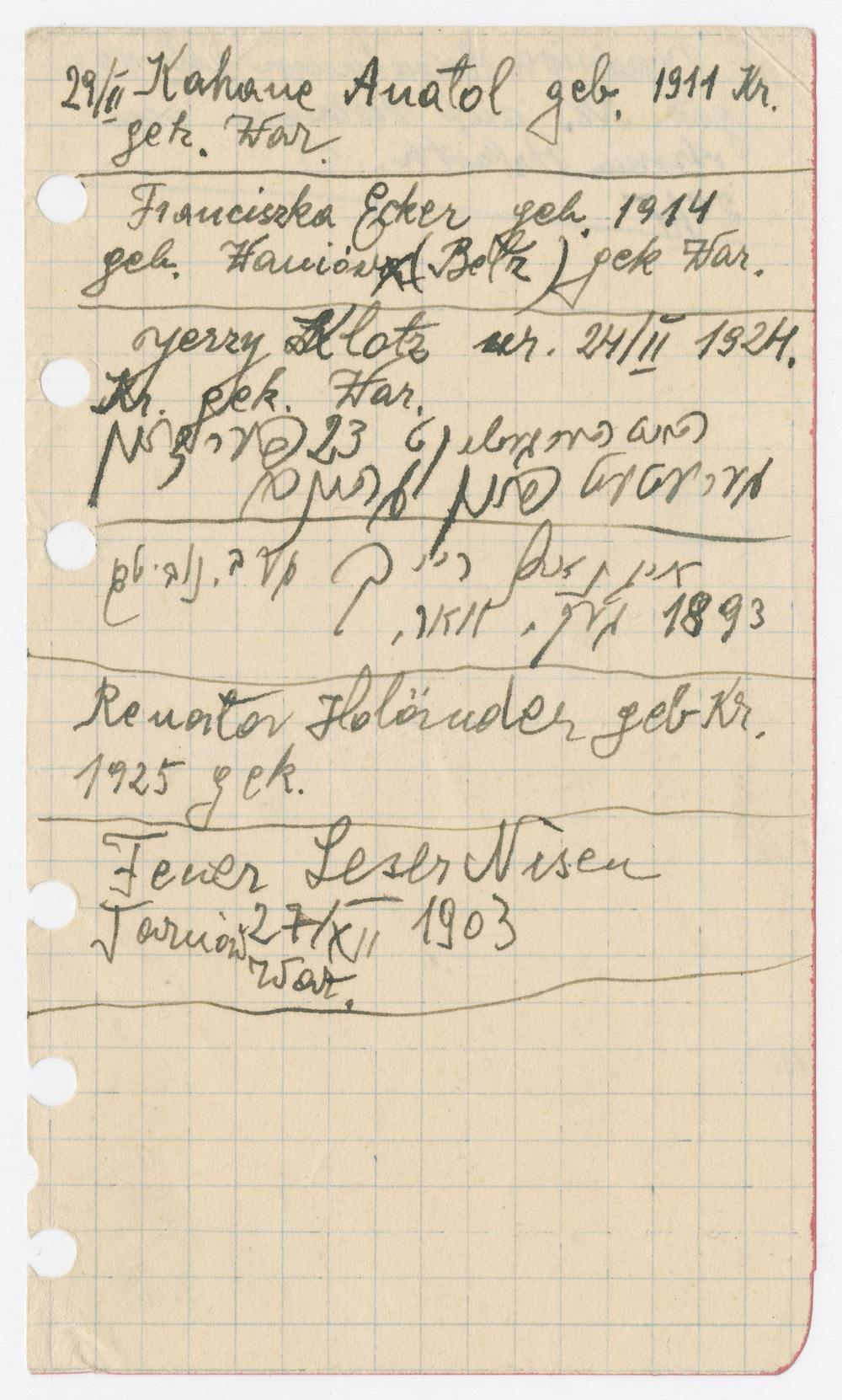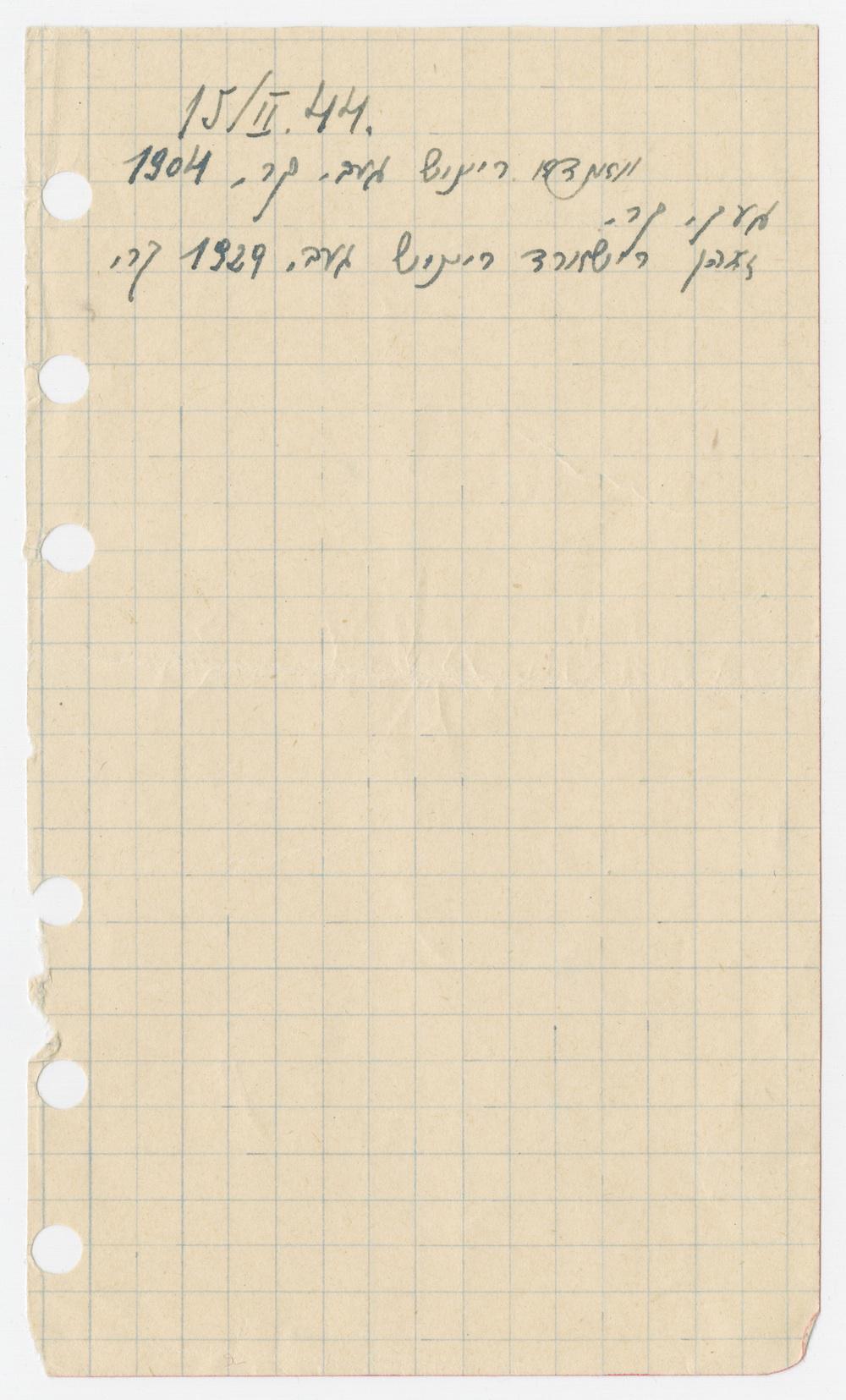The Vault is Slate’s history blog. Like us on Facebook, follow us on Twitter @slatevault, and find us on Tumblr. Find out more about what this space is all about here.
Ben Zion Kalb (who later changed his name to Colb) was 29 years old when the Germans invaded Poland in September 1939. After a violent encounter with a German policeman, Kalb realized that Poland had become unsafe for Jews, and escaped to Slovakia. (This country, while allied with the Axis powers and initially complicit with the deportation of its Jewish citizens, refused to allow deportations after October 1942.)
In Slovakia, Kalb became involved with resistance forces, and looked for ways to help his fiancée Clara Lieber, who was still in Poland, to join him. In 1943, with the help of a network of smugglers and guides who hid her in a pigsty and then escorted her over the mountains on the border between the two countries, Clara came across to the relative safety of Slovakia. After this success, according to Judith Cohen, the director of the United States Holocaust Memorial Museum’s photographic reference collection, in a video the museum made about the Kalb documents, “Kalb realized that the same way he was able to smuggle her across to Slovakia, he could also smuggle other Jews as well.”
The USHMM’s collection of Kalb’s materials—lists, letters, and some photographs—tracks Kalb’s years-long effort to find and rescue Polish Jews. Kalb focused on saving children and young people, but also rescued family members, religious leaders, and other adults. In one letter in the collection, Yitzhak Zuckerman, who later became a leader of the Warsaw ghetto uprising, thanks Kalb for sending a messenger to get him out, but explains that he feels he needs to stay where he is.
Using these handwritten lists from Kalb’s notebooks as well as other documents in the collection, Cohen and the museum have been trying to piece together information about the people Kalb helped bring over. Written in Hebrew, Yiddish, and sometimes in Latin script, Kalb’s notes include names of people, dates of crossing, dates of birth, and places of birth. Working from these notes and from Kalb’s typewritten lists of smuggled survivors, while cross-referencing this information with other testimonies, Cohen argues that Kalb saved “no fewer than hundreds of people, and most likely over 1000.”

United States Holocaust Memorial Museum, courtesy of family of Ben Zion and Clara Colb.

United States Holocaust Memorial Museum, courtesy of family of Ben Zion and Clara Colb

United States Holocaust Memorial Museum, courtesy of family of Ben Zion and Clara Colb.